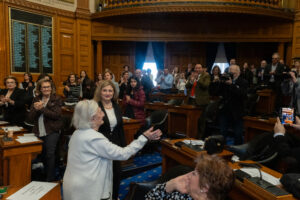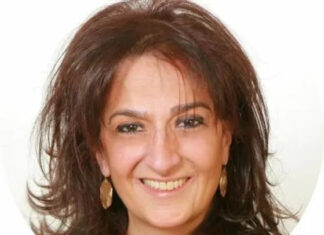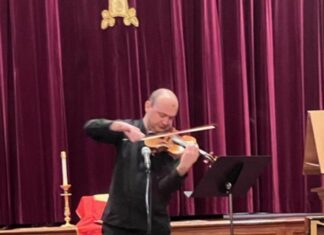By Hagop Vartivarian
“The youth are the firmest foundation stone of our national reconstruction and ascent.” – Hrachya Setrakian
ENGLEWOOD CLIFFS, N.J. – Hrachya Setrakian (191601991) was one of the compassionate youth of the post-Genocide era who experienced the deportations and knew the pain of living in a foreign environment. These youth had to adjust to local conditions quickly, while preserving the Armenian heritage they brought with them despite the difficulties involved in providing a good upbringing. They lived with the ambiguity of keeping a second homeland in their hearts.
One of the fundamental obligations of Setrakian’s generation was to prudently and quietly establish the foundations of Armenian national life in exile by assuring the necessary conditions for earning a living, maintaining schools, churches, and other institutions despite straitened financial circumstances. Tireless leadership was needed in the camps of the refugees and the orphanages of the Middle East.
The present Lebanese-Armenian community took root in the 1920s, though a very small and prosperous community did exist prior to the Genocide. The only Armenian institutions which initially existed were St. Nshan Monastery, under the aegis of the Armenian Patriarchate of Jerusalem, and the monastery of the Armenian Catholics in Zmmar. The first chapter of the Armenian Democratic Liberal Party was established in Lebanon in 1923, thanks to Nerses Shirinian and a few others through great sacrifice.









